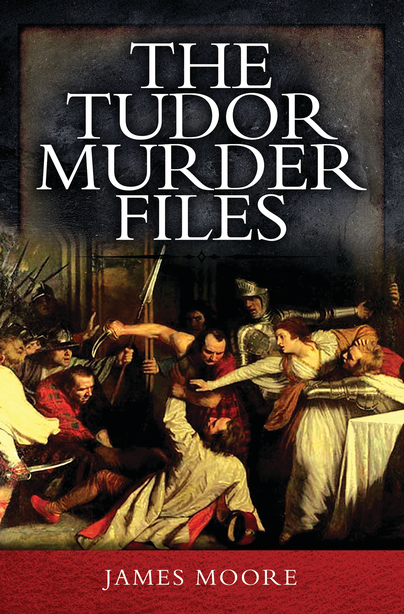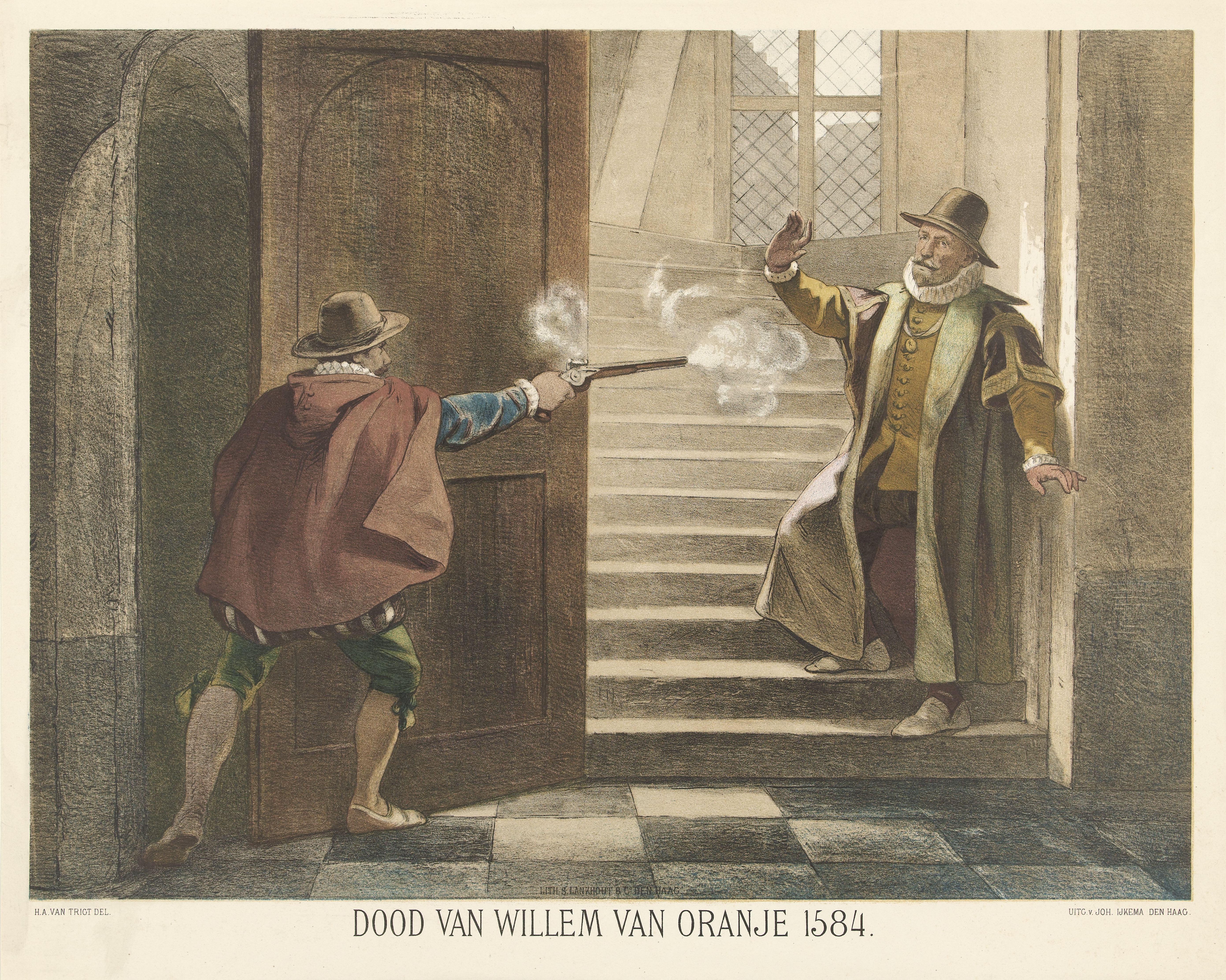With a homicide rate five times that of modern Britain, Tudor England was uniquely bloody – and that’s before we get anywhere near the state sanctioned horrors of the Reformation and Counter-Reformation. We spoke to James Moore, author of The Tudor Murder Files (available now from Pen & Sword), to learn more about some of the era’s most infamous murders, how the outrages of the 16th century birthed a very modern tabloid culture, and the case that caught the eye of Henry VIII
The Tudors are obviously a very popular area of history for readers and writers alike, but what inspired you to cover murder?
Contrary to what some might think of the Tudors, they were as horrified by cases of murder as we are today, even though the homicide rate was five times what it is now. They were also as fascinated by murder as we are – and for the first time in history detailed accounts were written of cases of murder at all levels of society. And so we get tales of domestic killings, sexual intrigue and political plots that show how violent and bloody daily life could be, whoever you were. With a population of no more than four million, ordinary folk could also become caught up in murky and bloody murders involving the most important people in the land.
How exactly did you find the stories and anecdotes that make up your book?
The Tudors were efficient. Court records, including those of coroners, reveal the stark details of murder cases while chroniclers of the time fleshed out the details. Under Elizabeth I new pamphlets appeared, like today’s tabloids, containing full accounts of murder cases often within days of the crime itself. Court records often bear out their accuracy and they provide some of the most important source material I relied upon.

You’ve written about some of the most notorious deaths in the Tudor period, including the suspicious fall of Amy Robsart, as well as lesser-known demises of aristocrats and peasants alike. How did you decide what was worthy of covering and what was not?
Murder is a leveller. It is always shocking and the details are no less or more gory whether you are a peasant or a VIP. Nor are the culprits more or less cunning if they are nobles or nobodies. Each case had to have great central characters, an unusual story and reveal aspects of Tudor life that the reader might not have considered. And so we get cases where monarchs become suspects, such as Elizabeth I in the case of Amy Robsart, Sir Francis Drake turns detective in the case of a man whose wife is suspected of his murder and in at least two cases, Henry VIII uncharacteristically intervenes to make sure killers do not face the gallows!
After all your research, which murder sticks in your mind? Which one was your favourite to write about?
Can you imagine if the Queen today took such a personal interest in a murder case that she asked parliament to pass a special law to stop it happening again?
This was exactly what Henry VIII did in the case of Richard Roose, accused of trying to poison a bishop in 1531. Henry was so appalled by the idea of poisoning that he was instrumental in getting a special act passed decreeing that those who used this particular method of killing should be boiled alive. Roose met a truly gruesome end described in detail by the chronicles of the day, yet the true perpetrator of the plot may have been Henry VIII’s future wife, Anne Boleyn, herself.
The Tudor period is notoriously bloody. Who do you think was the most brutal of the Tudor monarchs?
Henry VIII is the clichéd candidate – having executed thousands during his reign. Yet his father, Henry VII was pretty ruthless too. As well as wresting control from Richard III at the Battle of Bosworth, some think it was he who did away with the ‘Princes in the Tower’ and, as revealed in my book the Tudor Murder Files, he may have been implicated in the murder of a nobleman in 1489.

On the flip side, do you feel that all the Tudor monarchs should be tarred with the ‘bloodthirsty’ and ‘murderous’ brush? Are there any that you don’t feel deserve this reputation?
While all the Tudor monarchs were involved in doing away with those that they perceived as a threat they also did a lot to lay down statutes to help the state control common cases of murder among the general populace, defining exactly what the crime was for the first time and offering up pardons where necessary. As I reveal in the book, the first attempts at gun control, for example, were introduced during the Tudor era. You have to feel sorry for Lady Jane Grey, the so-called Nine Days Queen, who was totally ill-equipped to master the level of intrigue needed to survive as a Tudor sovereign.
Do you have anything lined up for the future?
I’d love to delve more into Royal murder mysteries. Some are little known such as the demise of William II, who ruled England between 1087 and 1100. He was shot with an arrow while hunting in the New Forest by nobleman called Walter Tirel. William died immediately. Some accounts say that his killing was an accident – Tirel had simply meant to shoot a passing stag and hit William in the chest instead. However Tirel was apparently skilled with a bow so was, perhaps, unlikely to make such a mistake. Suspiciously Tirel immediately fled to France after the incident, while William’s younger brother Henry, who was also in the forest hunting, raced to Winchester to claim the English throne, becoming Henry I and ruling for another 35 years.
The Tudor Murder Files is available from Pen & Sword priced £14.99. For more gruesome Tudor tales, subscribe to subscribe to History of Royals and get every issue delivered straight to your drawbridge.
